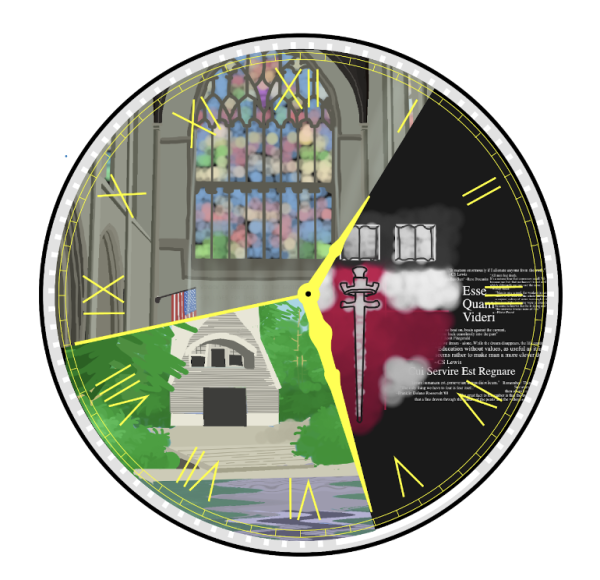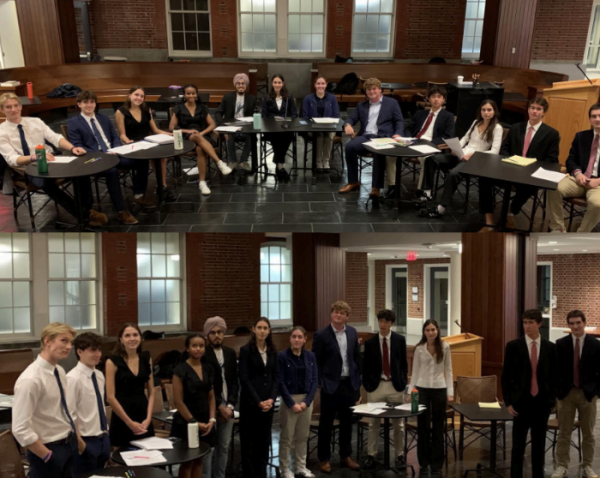Dressing To Express, Not Impress
 Khaki pants, collared shirts, and dress shorts are no longer popular outfit choices for students. Over the course of several meetings since the fall term, eight faculty members and seven students collaborated to revise the dress code. On May 4th, the edited dress code was approved, and then shared in a faculty meeting on May 10th. Two weeks later, the community gathering provided an opportunity for all members of the Circle to ask questions about the changes in dorm-led discussions.
Khaki pants, collared shirts, and dress shorts are no longer popular outfit choices for students. Over the course of several meetings since the fall term, eight faculty members and seven students collaborated to revise the dress code. On May 4th, the edited dress code was approved, and then shared in a faculty meeting on May 10th. Two weeks later, the community gathering provided an opportunity for all members of the Circle to ask questions about the changes in dorm-led discussions.
Rather than purchasing a new wardrobe deemed acceptable for the school day, incoming Groton students are now welcome to wear any clothing that “allows all members of the school community to feel that they belong and is clean, safe, and healthy for each occasion,” according to the updated dress code.
As a member of the committee that modified the dress code, Brayden Haggerty ’23 recalled the meetings to be focused on “lessening the socio-economic gap to prevent new purchase of clothes.” It is often common for incoming students to completely alter their attire to accommodate the student handbook’s description of suitable school dress. In an attempt to foster a more inclusive community, students will be permitted to maintain their fashion styles, as long as the clothing is “respectful of other community members and [not]… knowingly demean, defame, or incite any person or group,” as outlined by the renewed policy.
Beyond the efforts for socio-economic inclusion, the new dress code also aims to aid gender inclusion. Ms. Dennison, a member of the committee responsible for revising the dress code, recalled, “One of the main driving forces was to remove the gendered language.” The renewed dress code acknowledges that people have different body types, instead of ambiguously describing clothing choices as “provocative, distracting, or revealing,” described by the previous dress code.
Prior to the reform, students felt no incentive to follow the set dress code. Because the revised policy shifts the view on attires in a more inclusive manner, the entire community should uphold the new dress code.
To further establish the principle of inclusion, the dress code eliminates the punitive language. For instance, prior versions of the dress code stated, “dress code violation [will be responded with] one demerit.” Now, a violation of a dress code can no longer be addressed with disciplinary action. Instead, if a student wears an outfit that incites inappropriate images, the student would have a conversation with a trusted adult about the apparel issues.
The updated language highlights Groton’s key philosophies, such as respect, self-expression, and learning. Since the dress code has not changed for a long period of time, the reform was necessary to improve the written dress code. The entire handbook now reflects how Groton strives to embrace and encourage all members of the community to support each other.




